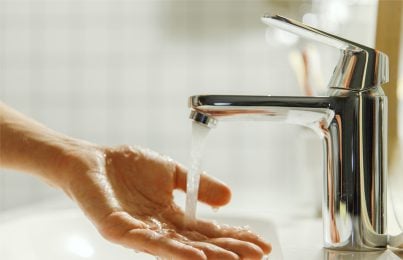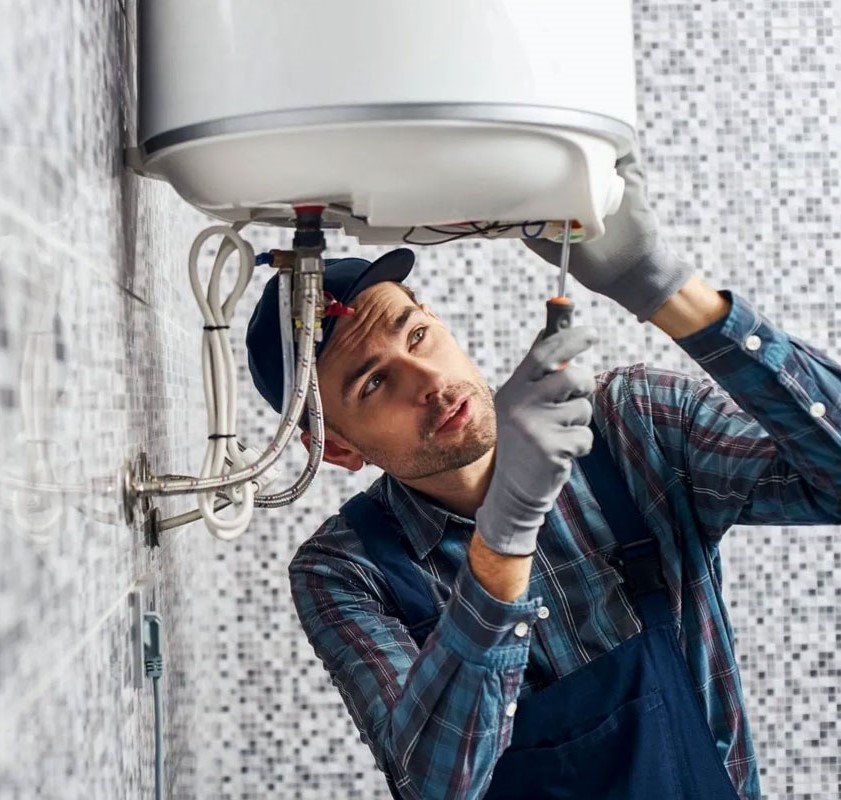An Ultimate Guide: A Few Winterizing Techniques to Prevent Pipe Bursts in Chilly Conditions
Call TodayThe article which follows about Prevent Freezing and Bursting Pipes is immensely insightful. You should read it.

All house owners who stay in warm environments need to do their best to winterize their pipes. It is something you need to do throughout fall before deep winter season absolutely begins. Failure to do so can spell catastrophe like frozen, split, or ruptured pipelines. Below are some handy winterizing hacks to keep your plumbing system safeguarded even if the weather condition outside is frightful.
Attempt a Hair Dryer or Warm Weapon
When your pipelines are virtually freezing, your dependable hair clothes dryer or warm weapon is a godsend. If the hot towels do not help remove any working out ice in your pipes, bowling warm air directly right into them might assist. You may finish up harmful your pipelines while attempting to melt the ice.
Open Up Cupboard Doors Hiding Plumbing
When it's cool outside, it would be practical to open closet doors that are concealing your pipelines. They could be somewhere in your kitchen or restroom. This will allow the warm air from your heater to circulate there. Because of this, you protect against these revealed pipelines from cold. Doing this tiny method can maintain your pipelines cozy as well as limit the possibly dangerous results of freezing temperatures.
Take Some Time to Cover Exposed Piping
One awesome and also very easy hack to heat up freezing pipelines is to cover them with warm towels. You can additionally use pre-soaked towels in warm water, simply do not forget to use safety gloves to guard your hands from the warm.
Turn On the Faucets
When the temperature drops and also it appears as if the freezing temperature level will last, it will certainly aid to turn on your water both inside as well as outdoors. This will certainly keep the water flowing with your plumbing systems. You'll end up losing gallons of water this means.
When Pipes are Frozen, shut Off Water
If you notice that your pipelines are totally icy or nearly nearing that stage, turn off the main water valve instantly. You will usually locate this in your cellar or utility room near the heating system or the front wall closest to the street. Transform it off as soon as possible to prevent more damages.
Don't forget to shut outside water sources, also, such as your hookup for the yard home. Doing this will protect against added water from filling out your plumbing system. With more water, even more ice will stack up, which will ultimately lead to rupture pipelines. If you are uncertain concerning the state of your pipes this winter season, it is best to call a specialist plumber for an assessment. Taking this aggressive approach can save you countless dollars in repairs.
All homeowners that live in pleasant climates must do their best to winterize their pipes. Failing to do so can lead to disaster like icy, cracked, or burst pipes. If the warm towels do not assist dislodge any working out ice in your pipelines, bowling warm air directly right into them might aid. Turn off the primary water valve immediately if you discover that your pipes are totally icy or virtually nearing that stage. With even more water, more ice will stack up, which will at some point lead to burst pipelines.
PREVENT YOUR PIPES FROM FREEZING THIS WINTER
A Leading Cause of Property Damage
When the weather is taking a deep nose dive into the cold dreary days, the risk of your pipes freezing and potentially bursting skyrockets. Unfortunately, during these cold dreary months, burst pipes are the most common denominator for property damage. The pipes that are most at the risk are those that are in areas where it is most cold in your home. For instance, pipes located in interior places such as basements, attics, and your garage. Unfortunately, that doesn’t mean that the pipes running through your cabinets or exterior walls can’t freeze. Good news, however, is that you can do things to help prevent pipes from freezing.
How to Prevent Pipes From Freezing
Once the temperature starts to drop during the winter, you should be taking the proper measures needed to ensure that your pipes stay warm and that there is circulation of water through them. Some steps that experts may recommend could go against your better judgement when it comes to saving water and heat. However, it would go without saying that when expenses are compared, damaged pipes could put a bigger dent in your wallet than a water bill.
What Can I Do?
Keep your garage door closed. This is very important, especially if you have water supply lines running through your garage. Open your kitchen and bathroom cabinets to allow warm air to circulate through them. Allow air circulation throughout your home. Keeping the interior doors open will once again allow the warm air to circulate inside your home. Ensure your thermostat is running the same temperature throughout the night and day. If you plan to be away from home during the cold months, set your temperature no lower than 55° F. This should provide enough heat to keep the pipes warm and prevent any remaining water inside the pipes from freezing. For more of a long-term solution, add insulation to attics, basement, and other crawl spaces around your home. By allowing your faucet to drip, it will alleviate pressure in the system. This is important because the pressure that is created between the blockage and the faucet can potentially cause the pipes to burst. Allowing the faucet to drip will prevent the pressure from building up, therefore keeping the pipes from bursting. Seal any cracks, openings, and crawl spaces around your home to prevent cold air from coming inside. This keeps your pipes-not to mention your home-warmer and less susceptible to issues caused by freezing temperatures. For the pipes in your home that are easily accessible, applying electrical tape to them might prevent them from freezing over. This is a quick fix, as you can apply the tape directly to the pipe. There are two options for heating tapes. One turns on and off by itself when it senses heat is needed. The other type of heating tape needs to be applied when heat is needed and removed when not necessary. If you have exposed pipes in your home, you can check this website to take a look at a few options that would be available at a shop near you.

We had been introduced to that write-up on How to Prevent Frozen Pipes from someone on our other web property. Do you know about someone else who is serious about the topic? Do not hesitate to share it. We recognize the value of reading our article about Winterizing Your Pipes.
24/7 service for plumbing emergencies.